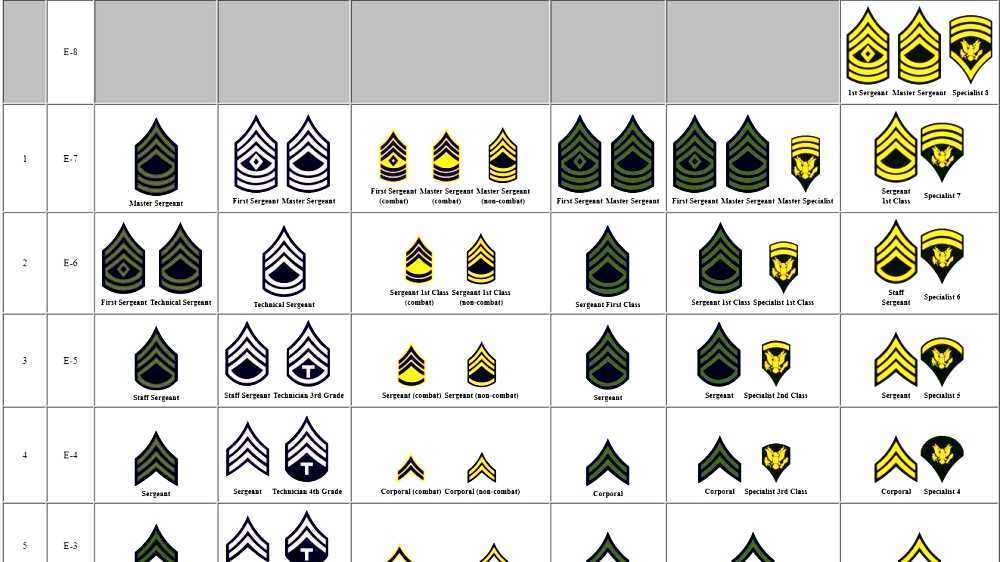
In the captain’s absence, the first lieutenant was in command of the ship.

The first lieutenant was the captain’s second in command to whom great power and responsibility were delegated. The senior lieutenant was called the first lieutenant (equivalent to the executive officer today). 1812, American State Papers: Naval Affairs: 1: 255-263.Ī 44-gun frigate, such as USS Constitution, carried between four and six lieutenants. and Names, rank, pay, and rations, of the officers of the navy and marine corps, 3 Feb. Naval Regulations Issued by the President of the United States of America. Captains were also the highest paid officers, earning $100 per month and the right to eight rations per day. All decisions regarding navigation, sail handling, and fighting ultimately descended from him. In battle his station was on the quarterdeck, where he could direct the action. Once at sea, the captain was expected to have the ship ready for an engagement at all times and to oversee the training of the crew.

According to the official naval regulations issued to officers, the captain’s first duty was to prepare his ship for sea, which included making inventories of all stores and equipment, creating account books, recruiting a crew, and overseeing all the various tasks performed prior to a cruise. The captain had ultimate responsibility for the ship and crew. Captain was the highest rank in the navy during the War of 1812, and typically commanded ships of 20 guns or more.


 0 kommentar(er)
0 kommentar(er)
